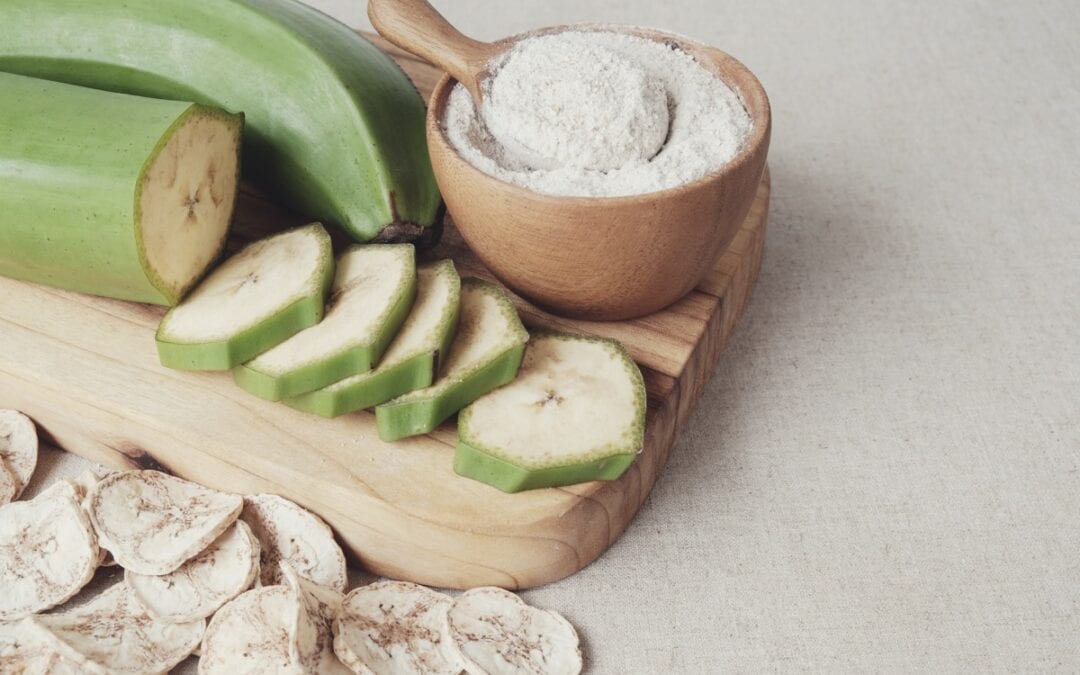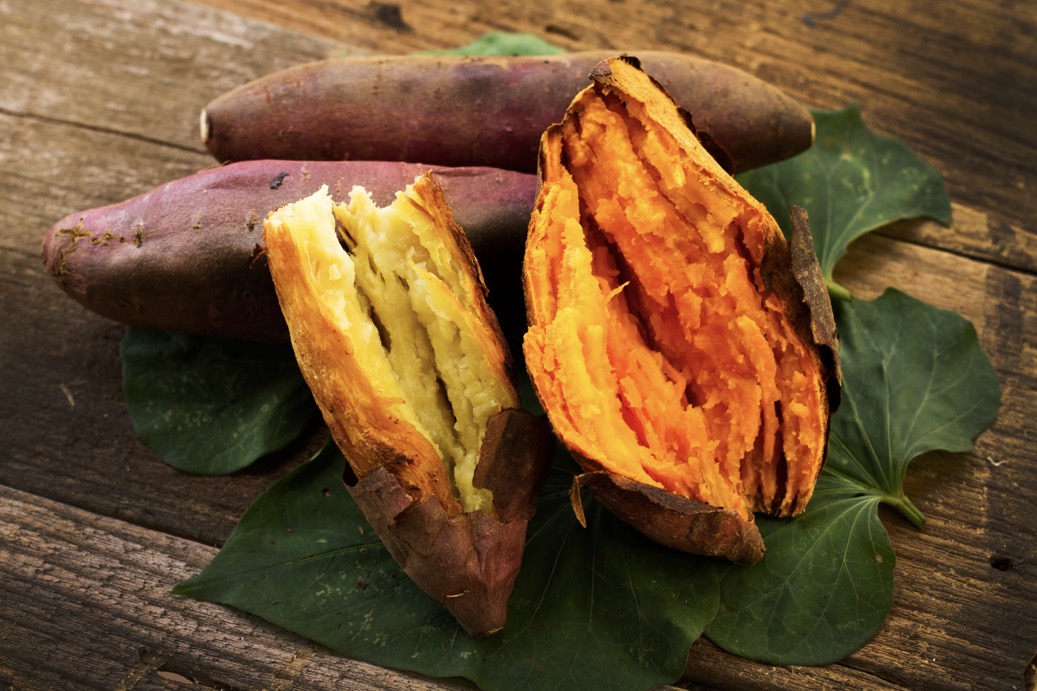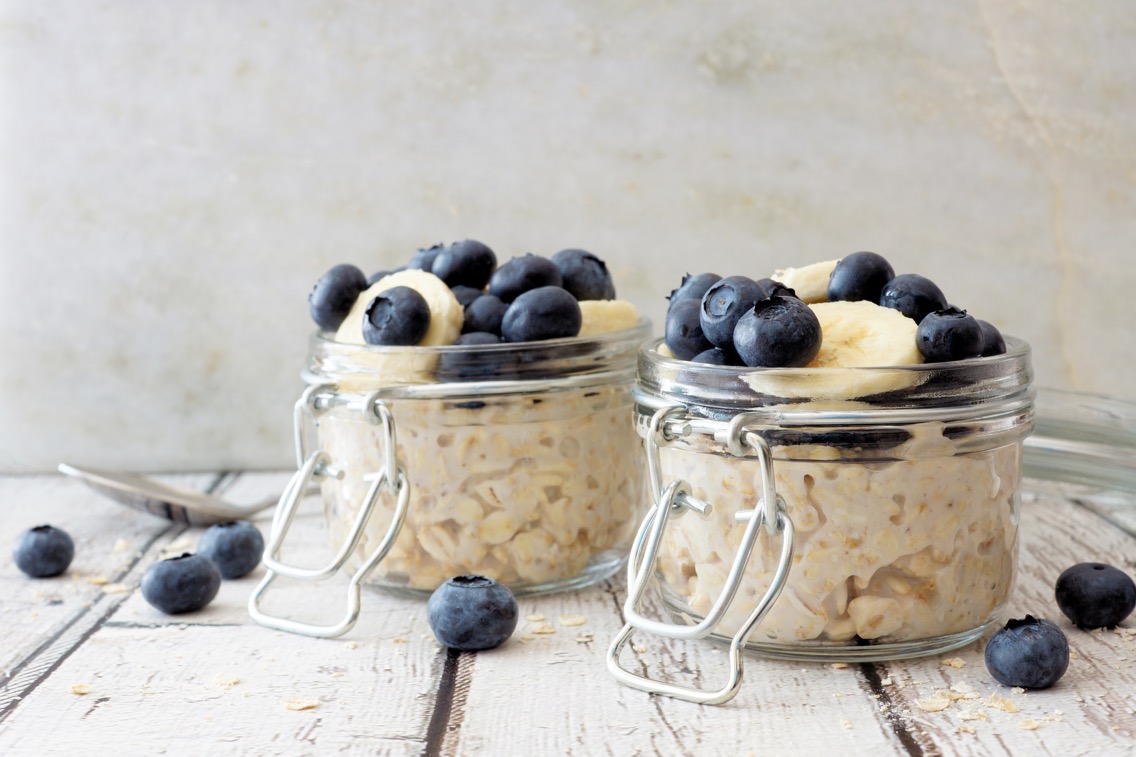Put resistant starch on the menu
The microbes in our digestive tract outnumber our cells by around 3 to 1. We are more “bug” than human. The majority of our microbiome lives in our colon. The highly processed food and simple carbs dominating the modern Western diet are primarily absorbed in the small intestine. There are scant pickings for our microbiota by the time it reaches the colon.
We require around 20-30 grams of resistant starch a day, but the CSIRO estimates most Australians only consume 6-10 grams.
Our gut bugs are starving, and our health is suffering from it. Let’s find out how we can feed our hungry microbiome.
What is resistant starch?
Resistant starch is a type of fermentable fibre. As the name indicates, it “resists” digestion in the stomach and small intestine, arriving in the colon unchanged and ready to be gobbled up by our gut microbes. There are four types.
- Type 1 – Resists digestion due to a protective coating on the plant. Whole or coarsely ground grains, seeds, nuts and legumes are part of this category.
- Type 2 – Uncooked potato starch, unripe green bananas, ginkgo starch
- Type 3 – This is formed when starchy foods and cooked and then chilled: potatoes, brown rice, rolled oats. Cooling transforms some digestible starches into resistant ones via retrogradation.
- Type 4 – These are human-made, formed by chemical processes, usually in corn/maize and added to bread and crackers and other processed food.
Whole plant foods are complex and contain different types of fibre. The amount of resistant starch varies according to the ripeness. (Green bananas have high amounts, but as they ripen, this starch converts to simple sugars like fructose and glucose.) Food preparation methods will also affect the starch content – when you cook and cool potatoes, the resistant starch doubles.
How does it work?
If we don’t absorb resistance starch, how does it benefit us? Well, even though we can’t digest it, our famished gut bugs can. It’s their favourite food! A well-fed, flourishing microbiome is the cornerstone of health.
Colonic microbes ferment resistant starch into short-chain fatty acids (SCFA). SCFAs, in particular butyrate, are the preferred energy source of the colon cells.
The biochemical actions of colonic bacteria and SCFA are many and include –
- Increased blood flow to the colon promotes intestinal motility, reducing constipation.
- Contributing to the pool of nutrients including amino acids, folate, Vitamins B1, B2, B5 and K.
- Decreasing the colonic pH and inhibiting the growth of pathogenic bacteria and yeasts. A slightly acid colon is an inhospitable environment for the undesirable gut bugs.
- Reduce the reabsorption of toxins.
- Modulate appetite hormones (leptin, peptide YY, glucagon-like peptide). This reduces the desire to eat and can support weight loss.
Health benefits of resistant starch
A robust, diverse colonic microbiome with plenty of SCFA can reduce both the risk of getting and help treat many chronic diseases, including –
Type 2 diabetes by improving insulin sensitivity and lowering blood sugar levels. Consuming resistant starch has a “second meal effect.” The response to glucose is lower at both the meal you consume the resistant starch at and the next meal. Some studies have shown up to a 30-50% improvement in insulin sensitivity after eating 15-30 grams per day for six weeks.
Digestive conditions which have shown benefit with resistant starch include IBS, SIBO, Ulcerative Colitis, Crohn’s Disease, constipation and reduced risk of colorectal cancer.
The insulin lowering and neuronal anti-inflammatory effects of resistant starch via SCFA may also reduce the risk of Alzheimer’s Disease.
** It’s worth noting many of the conditions mentioned above are complex and multifactorial. While resistant starch may be a component of the treatment plans, it should not be considered a monotherapy.
Sources of resistance starch
You can get resistance starch by including certain foods in your diet or using it as a supplement.
Supplements provide a convenient way to incorporate measurable amounts into your diet. This may be useful if you are looking to use resistant starch as part of a health condition treatment program.
Food sourced resistant starch is suitable for everyone as part of a balanced diet to maintain health and wellbeing.
Foods
Most plant foods contain some resistant starch, but if you’re seeking to supercharge your starch game, these are the star performers.
- Potatoes and sweet potatoes – cooked and chilled. Consume cold. Leave the skin on for extra fibre.
- Rice cooked and cooled. Don’t keep rice for more than 48-hours in the fridge due to the risk of food poisoning.
- Ladyfinger bananas firm, barely ripe. As they ripen, the resistance starch declines.
- Rolled oats: either cooked and cooled or prepared as overnight oats or Bircher muesli
- Legumes: pinto beans, black beans, fava beans, and lentils are good sources
- Nuts and seeds – whole cashews (as opposed to nut butter) top the list.
3 ways to add resistant starch into your diet
- Overnight oats or Bircher muesli topped with chopped nuts and seeds and sliced (firm) Ladyfinger banana.
- Roasted or steamed potato/ sweet potato (cooled) and then used in salads. Traditional style potato salad with yoghurt and mint dressing or sweet potato, rocket, chickpea and avocado salad with pumpkin seeds.
- Buddha bowl with brown rice and black beans
I encourage my clients to include resistant starch in their diets. You get the bonus of extra nutrients and fibre, it’s tasty, and the foods highest in it are readily available and affordable.
Supplements
The two resistant starch supplements most often used are raw potato starch and green banana starch. Supplemental forms can be helpful if you are looking to manage a specific health condition or are following a low carbohydrate diet.
These typically come in powdered form. The bland taste is suitable for mixing into smoothies, yoghurt or porridge.
I recommend the green banana one more in the clinic as clients with Nightshade intolerances can react to the potato starch.
Resistant starch FAQs
Q – Does resistant starch cause gas?
A – A small amount of gas production is a by-product of bacterial fermentation. If you’re not used to a high fibre diet, gradually increase it over a couple of weeks to minimise discomfort.
Q – Is resistant starch safe?
A – It is generally well tolerated by most people. If you’re taking medication, you may want to separate them by two hours as the resistance starch could slow down your medicines’ absorption.
Q – How much resistant starch is optimal?
A – Around 20-30 grams a day is optimal for health. Studies have shown no additional benefits for doses above 40g/day.
Q – What is the best time to take resistant starch?
A – You can have it at any time, but if you’re looking to manage blood sugar and appetite, having your resistant starch with breakfast will give you the “second meal effect” mentioned above.
Resistant starch might not be fancy, but it has multiple and wide-ranging health benefits. Make sure it’s on your menu and reap the rewards for your wellbeing.
If you enjoyed this, you might also like –

Need help with your gut health?
Norelle Hentschel is an experienced Naturopath with a clinic in Stones Corner, South East Brisbane and also offers Telehealth consults Australia wide. She enjoys supporting her clients to reach their health goals.
Want more articles like this?
Receive a monthly digest of natural health information to help you become “health” sufficient!
PS. Your inbox real estate is precious, and we will never annoy you with sales pitches or share your details with anyone else. One email a month — that’s it.



